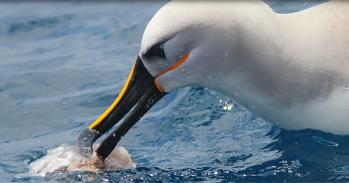
The Cambridge Animal Alphabet series celebrates Cambridge's connections with animals through literature, art, science and society. Here, K is for Kingfisher. Look out for them among the swamp cypresses at the Botanic Garden, where the secrets behind their cyan and blue feathers are being studied by an extraordinary collaboration of scientists.
The Cambridge Animal Alphabet series celebrates Cambridge's connections with animals through literature, art, science and society. Here, K is for Kingfisher. Look out for them among the swamp cypresses at the Botanic Garden, where the secrets behind their cyan and blue feathers are being studied by an extraordinary collaboration of scientists.
Understanding these incredibly precise processes is the key to be able to copy and mimic these materials
Silvia Vignolini
Scroll to the end of the article to listen to the podcast.
Kingfishers are notoriously shy. But one of the best places to spot them in Cambridge is the Botanic Garden where they perch in the swamp cypresses to fish in the lake.
The brilliantly bright plumage of the kingfisher looks almost exotic in comparison to the more modest hues of many birds native to Britain. In motion, the kingfisher’s contrasting colours – orange, cyan and blue – produce a startling flash of colour.
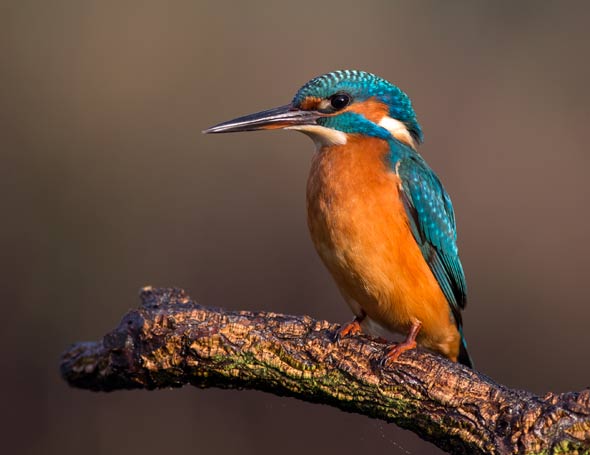
Colour in nature is a fascinating topic. Understanding why and how plants and animals produce and employ colour requires researchers to collaborate and share their expertise across different disciplines. Dr Silvia Vignolini (Department of Chemistry) has been working with Professors Jeremy Baumberg (Department of Physics) and Beverley Glover (Department of Plant Sciences) to look at the extraordinarily clever ways in which nature makes spectacular colour effects.
Blue is a favourite colour of people around the world. But the production of intense blue presents challenges to nature. Most vertebrates are unable to produce blue pigment. The orange of kingfisher plumage is the product of tiny pigment granules but its cyan and blue feathers contain no pigments. These colours are ‘structural’. They are created by the intricate structural arrangement of a transparent material which, depending on its precise make-up and thickness compared to the tiny wavelength of light, produces a range of colours by ‘incident light’ – in other words light shining on the sample.
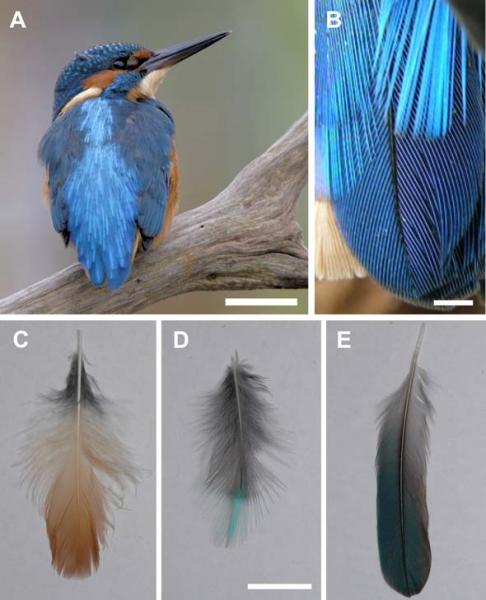
Structural colours feature in plants too – particularly in fruit and flowers. In research published in 2012, Vignolini and others revealed that an African plant called the Pollia condensata produces a blue fruit, which produces a strikingly shiny blue fruit. The researchers discovered that the Pollia fruit reflects back 30% of the light cast on it. Furthermore, its reflective properties stand the test of time in a remarkable way: a Pollia fruit, locked in a seed drawer at Kew Gardens for 100 years, had lost none of its blueness.
The way in which plants like the Pollia achieve extraordinarily bright and long-lasting colours offers huge scope for material science. Vignolini says: “Cellulose, which is the main material used by this plant to produce colour, can also be manipulated in vitro to obtain a similar optical effect. By controlling the self-assembly process of cellulose, it is therefore possible to produce bio-mimetic colouration without using any toxic pigment.”
Because structural colours can be so intense, their origin in only transparent materials is hard to imagine. Vignolini uses the example of a soap bubble. “If you start from a perfectly transparent water-soap suspension and you blow a soap bubble, you can observe all the colours of the rainbow. These colours cannot be the results of pigmentation, because the liquid is transparent. Instead, the colours result from creating a very thin layer, just a few hundreds of nanometres thick, of the suspension that interacts with light.” she says.
“A plant or animal cell does something similar. Using simple sugars, it creates a multi-layered nano-structure that optimises the reflection of the blue colour. Understanding these incredibly precise processes is the key to be able to copy and mimic these materials.”
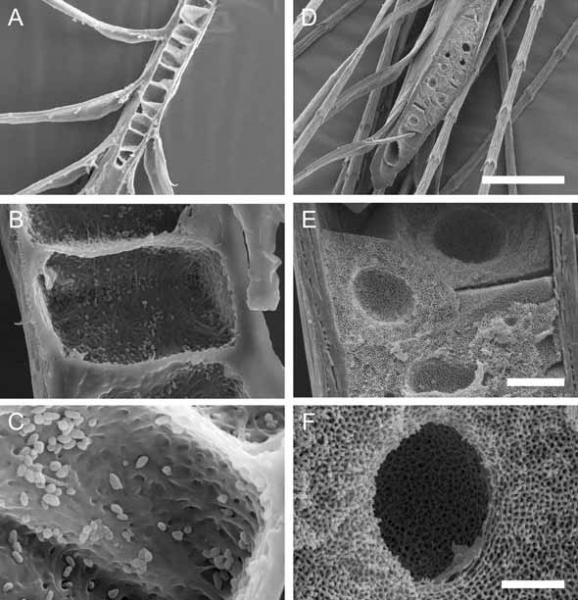
In a paper published in 2011, Dr Bodo Wilts (formerly Cambridge, now University of Fribourg) and colleagues focused on the striking plumage of the kingfisher. They found that the cyan and blue barbs of its feathers contain spongy nanostructures with varying dimensions, causing the light to reflect differently and thus produce the observed set of colours. The subtle differences within colours are produced by tiny variations in the structure of the barbs.
Kingfisher feathers reflect light in a way that scientists describe as semi-iridescent. The feathers of peacocks and birds of paradise are truly iridescent. Iridescence is produced by the ways in which layers of material are perfectly aligned and repeated periodically to achieve a shimmer effect. Semi-iridescence is produced when the layers are not quite perfectly aligned but slightly disrupted, thus causing a smaller span of iridescent colour.
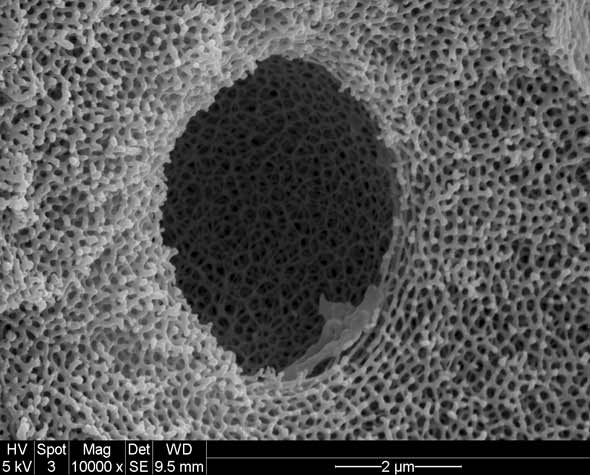
There’s much more to be discovered about colour in nature. “Researchers are beginning to learn more about birds’ vision. This work will help us to grasp how they see colour and how they respond to it. To unlock the secret of how cellulose or keratin make fabulously bright colour will involve continuing collaborations between biologists, physicists and materials scientists, ” says Vignolini.
The kingfisher is just one of 100 bird species to be seen in the Botanic Garden which provides an important habitat for birds and other wildlife in the heart of Cambridge. Among them is the increasingly rare song thrush. Mistle thrushes, too, can often be seen in winter atop trees full of mistletoe. The Garden also has thriving populations of great and blue tits while flocks of long-tailed tits are often heard as they fly from tree to tree to search for food. Summer visitors regularly include a pair of sparrowhawks and flocks of swifts.
Next in the Cambridge Animal Alphabet: L is for a creature that has helped archaeologists learn more about the life of people inhabiting the remote and windswept Isle of Oronsay 6,000 years ago.
Have you missed the series so far? Catch up on Medium here.
Inset images: Kingfisher (Gilberto Pereira); The common kingfisher, Alcedo atthis, and its three main feather types: orange feathers at the breast, cyan feathers at the back and blue feathers at the tail (Doekele Stavenga, Jan Tinbergen, Hein Leertouwer, Bodo Wilts); Scanning electron micrographs (SEMs) of sectioned barbs of breast and tail feathers (Doekele Stavenga, Jan Tinbergen, Hein Leertouwer, Bodo Wilts); Close up of a cut vacuole and the surrounding spongy structures (Doekele Stavenga, Jan Tinbergen, Hein Leertouwer, Bodo Wilts).

The text in this work is licensed under a Creative Commons Attribution 4.0 International License. For image use please see separate credits above.

